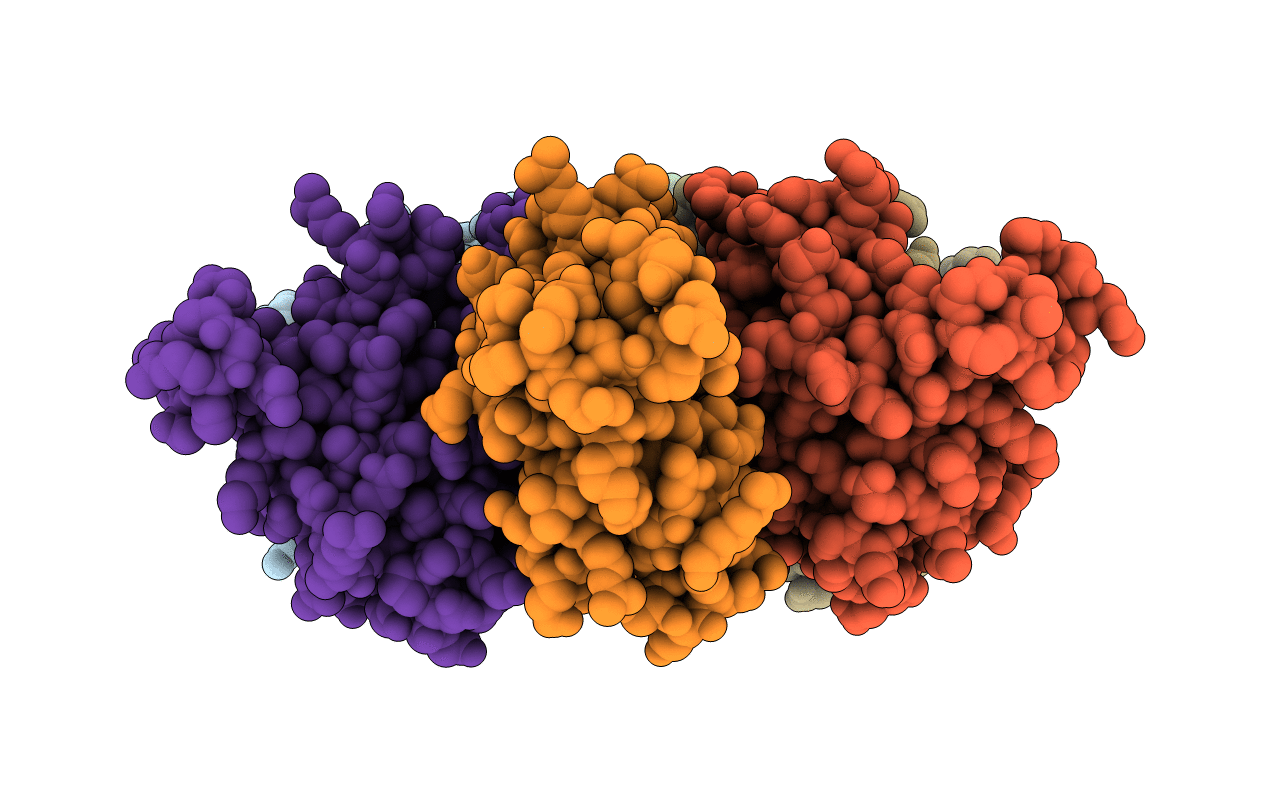
Deposition Date
2004-08-04
Release Date
2004-10-05
Last Version Date
2024-11-20
Entry Detail
PDB ID:
1U7K
Keywords:
Title:
Structure of a hexameric N-terminal domain from murine leukemia virus capsid
Biological Source:
Source Organism:
AKR (endogenous) murine leukemia virus (Taxon ID: 11791)
Host Organism:
Method Details:
Experimental Method:
Resolution:
1.85 Å
R-Value Free:
0.24
R-Value Work:
0.20
R-Value Observed:
0.21
Space Group:
P 1 21 1


